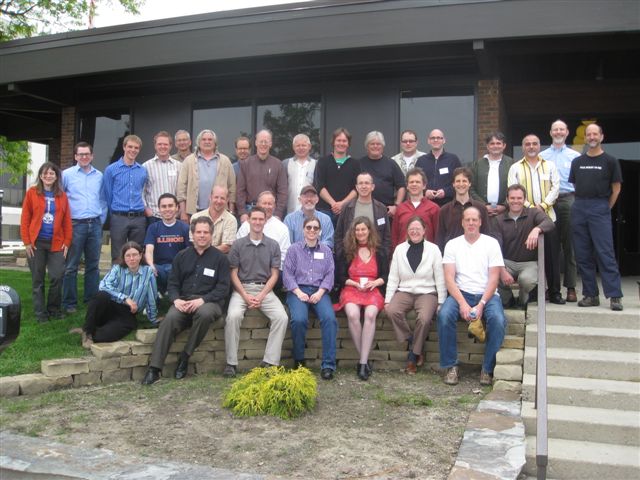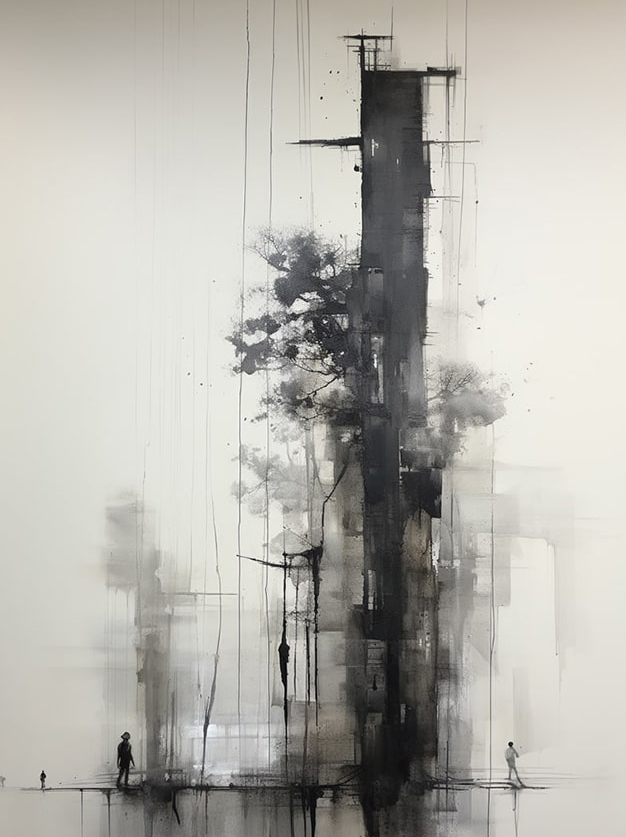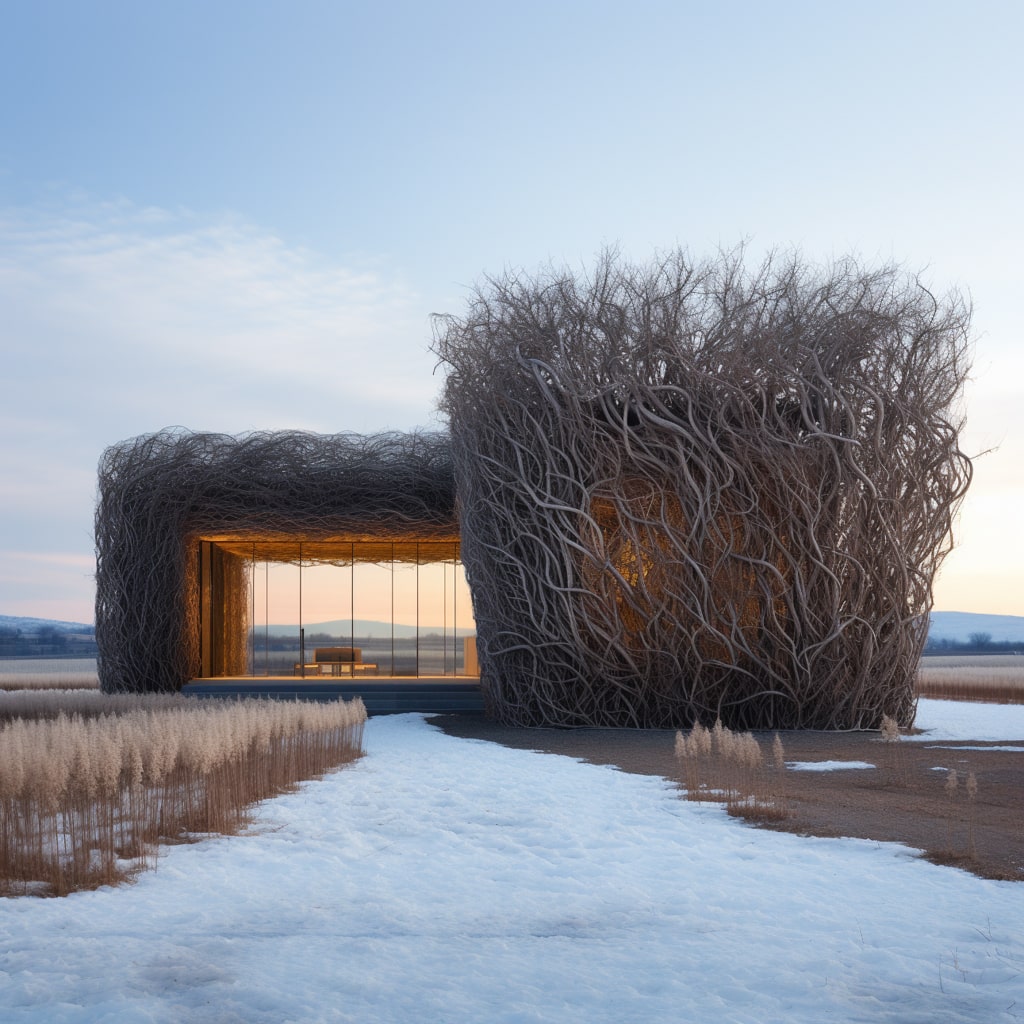
First Passive House Training
In the quaint town of Champaign, Illinois, during the vibrant summer of 2008, I embarked on a journey that would redefine my approach to sustainable design. This tale began with a simple, yet profoundly impactful, marketing sentence about heating a house with nothing more than a hair dryer—a concept so brilliant it captured my imagination and curiosity.
I found myself among the pioneers at the first Passive House training in the United States, eager to learn about this revolutionary method that had proven its worth across the Atlantic. Europe had already embraced the Passive House concept, showcasing how it not only conserved energy but also enhanced indoor air quality and extended the lifespan of buildings. This approach aligned perfectly with my aspirations to design buildings that not only stood the test of time but also minimized their environmental footprint.
The challenge of achieving site-zero energy—a state where the total amount of energy used by a building is equal to the amount of renewable energy created on-site—became significantly more attainable through the Passive House standards. I was inspired to share this possibility with my clients, showing them how a modest investment in insulation and better building components could yield remarkable energy savings and contribute to a more sustainable future.
However, the journey was not without its challenges. In New Mexico, where I worked on many of my projects, the unique climate posed distinct obstacles. Located in Climate Zone 5, the region’s cold, dry environment, coupled with high solar gain, made it difficult to maintain comfortable temperatures indoors. One project, in particular, highlighted the delicate balance required in designing energy-efficient homes in such climates. The dilemma of optimizing solar gain without overheating led me to explore active solutions, such as exterior shading devices, which quickly proved to be the key to achieving the perfect balance throughout the year.
My work extended beyond single-family homes to multifamily housing, where I discovered untapped potential for energy savings. By leveraging the inherent energy efficiency of shared walls and the building’s geometry, I could focus on optimizing water heating and appliance efficiency. This approach not only reduced energy consumption but also showcased the broad applicability of Passive House principles across different types of residential buildings.
As I reflect on this journey, I remain a passionate advocate for intelligent Passive House methods, continually seeking innovative solutions to the challenges of sustainable architecture. This story is one of inspiration, dedication, and the relentless pursuit of a better, more energy-efficient world.




